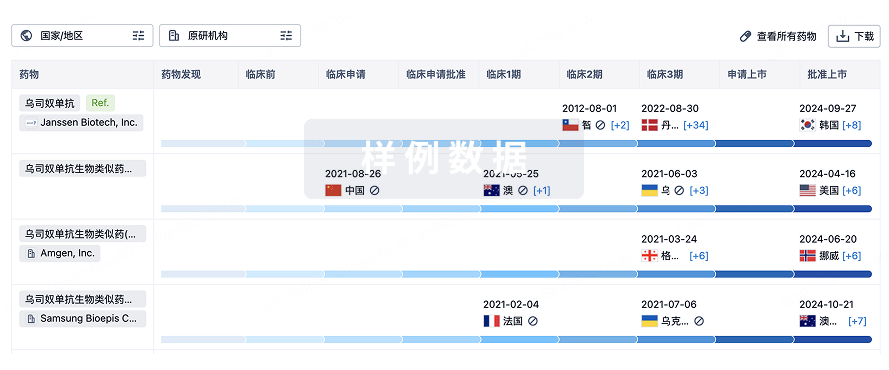Article
作者: Huvard, Michael ; Quiroz-Mercado, Hugo ; Sinha, Alina ; Xu, Li ; Heier, Jeffrey S ; Bhandari, Ramanath ; Mueller, Niklaus ; Barakat, Mark R ; Lowenthal, Robert ; Bhatt, Ramesh ; Morgenstern, Joshua L ; Gupta, Ashwin ; Kaiser, Peter K ; Khanani, Arshad M ; Olson, Jeffrey L ; Velez-Montoya, Raul ; Prentice, Jessi R ; Strong Caldwell, Anne ; Jones, Anthony
Objective:To investigate preclinical data regarding the efficacy and biocompatibility of a bispecific protein, RO-101, with effects on VEGF-A and angiopoietin-2 (Ang-2) for use in retinal diseases.
Design:Experimental study.
Subjects:Brown Norway rats and New Zealand White Cross rabbits.
Methods:Preclinical study data of RO-101 in terms of target-specific enzyme-linked immunosorbent assay binding affinity to VEGF-A and Ang-2, vitreous half-life, inhibition of target-receptor interaction, laser choroidal neovascular membrane animal model, human umbilical vein endothelial cell migration, and biocompatibility was obtained. Where applicable, study data were compared with other anti-VEGF agents.
Main Outcome Measures:Binding affinity, half-life, biocompatibility, and efficacy of RO-101. Neovascularization prevention by RO-101.
Results:RO-101 demonstrated a strong binding affinity for VEGF-A and Ang-2 and in vitro was able to inhibit binding to the receptor with higher affinity than faricimab. The half-life of RO-101 is comparable to or longer than current VEGF inhibitors used in retinal disease. RO-101 was found to be biocompatible with retinal tissue in Brown Norway rats. RO-101 was as effective or more effective than current anti-VEGF therapeutics in causing regression of neovascular growth in vivo.
Conclusions:RO-101 is a promising candidate for use in retinal diseases. In preclinical models, RO-101 demonstrated similar or higher regression of neovascular growth to current anti-VEGF therapeutics with comparable or longer half-life. It also demonstrates a strong binding affinity for VEGF-A and Ang-2. It also was shown to be biocompatible with retinal tissue in animal studies, indicating potential compatibility for use in humans.
Financial Disclosures:Proprietary or commercial disclosure may be found in the Footnotes and Disclosures at the end of this article.







